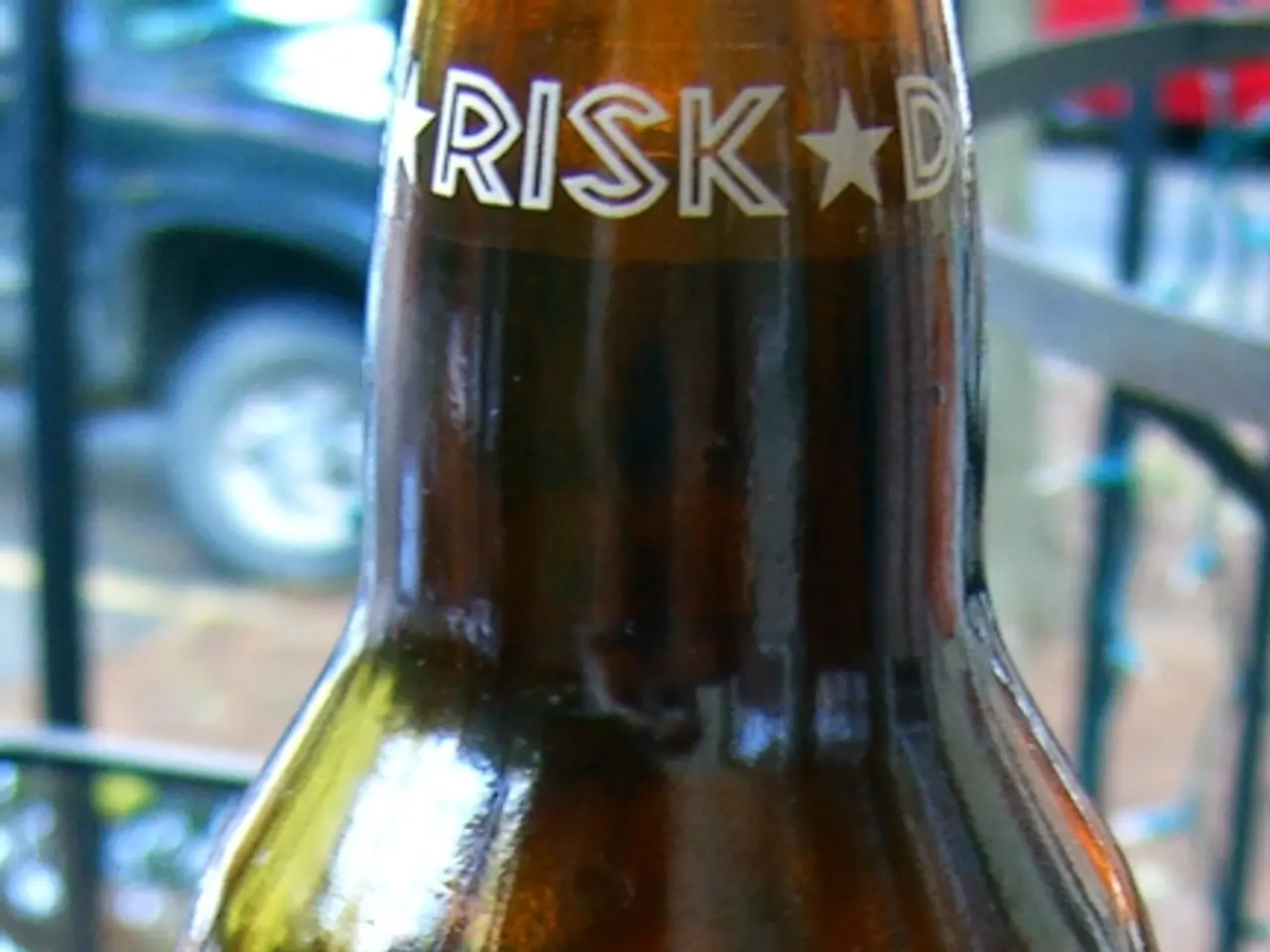Enhancing Safety in Pharmaceutical Workplaces through Safety Eyewear Programs
Booming Pharmaceutical Industry Embraces Comprehensive Safety Measures
The pharmaceutical industry is experiencing a surge in production, leading to an increased focus on workplace safety. A key area of concern is the protection of workers' eyes, given the industry's unique hazards.
A well-structured safety eyewear program is essential in addressing risks from combustible and flammable substances, hazardous chemicals, biological hazards, carbon monoxide, and UV rays.
Identifying and Assessing Eye Hazards
The first step in this program involves identifying potential eye hazards specific to the pharmaceutical work environment. These include chemical splashes, aerosolized particulates, biological fluids, UV radiation, and fumes like carbon monoxide.
Selecting Appropriate Personal Protective Equipment (PPE)
Once hazards are identified, appropriate PPE is selected. This includes chemical splash goggles with a tight seal, impact-resistant safety glasses with side shields, face shields, UV-filtering eyewear or welding helmets, and eyewear that fits comfortably without impeding vision or peripheral awareness.
Eye Wash and Emergency Drench Facilities
Provision of eyewash stations and quick drench showers near work areas where exposure to chemicals or biological agents is possible is also crucial. These facilities enable immediate flushing of contaminants in case of an accident.
Training and Compliance
Training workers on when and what type of eye protection to wear, proper use, maintenance, and disposal of eyewear, and enforcing consequences for non-compliance are key components of the program.
Maintenance and Replacement
Regular inspection of eyewear for damage or wear and prompt replacement are necessary to maintain effective protection.
Additional Protective Measures
In addition, when carbon monoxide or toxic fumes are present, respiratory and skin PPE should be considered. Eyewear alone cannot protect from inhalation hazards.
Moreover, eyewear standards should reflect updated regulations such as ANSI/ISEA Z87.62-2021 for protection against biohazards like bloodborne pathogens.
Protecting Beyond the Eyes
Protective gear for skin, hair, clothes, and mucous membranes can help lower health-related hazards in the pharmaceutical industry. Businesses should ensure that their employees have access to durable, high-quality PPE that provides all-around protection without compromising mobility, endurance, vision, productivity, or comfort levels.
Adhering to Safety Standards
When working in hazardous environments, workers should wear protective gear that meets the EN 368 and ISO 6350 safety requirements for barrier criterion. Safety procedures must adhere to OSHA guidelines.
The Importance of a Standardized Program
Industry leaders should create programs for industrial eye safety eyewear to simplify and standardize safety procedures. When choosing eye protection for employees working in pharmaceuticals, look for occupational safety firms that provide high-quality solutions and meet the safety requirements established by the nonprofit American National Standards Institute (ANSI).
Addressing Specific Risks
Employers and employees in the pharmaceutical industry should be aware of the following five common risks: combustible or flammable substances, hazardous substances, biological hazards, carbon monoxide exposure, and cross-contamination. Specific PPE requirements may vary depending on the type of toxic waste being treated.
Prioritizing Safety
Prioritizing safety in the pharmaceutical industry is essential to reduce the chance of an unforeseen hazard occurring at work. Minimizing worker damage requires more than just wearing the right protective gear. Companies should get in touch with the best safety eyewear program to ensure compliance with safety laws.
Conclusion
The pharmaceutical industry's unique hazards necessitate a multi-layered approach to worker safety. A comprehensive safety eyewear program, coupled with other protective measures, can help minimize eye injury risks from chemical, biological, radiological, and physical threats while maintaining usability and compliance.
- In the booming pharmaceutical industry, the focus on workplace-wellness expands to include eye safety, as identified eye hazards such as chemical splashes, aerosolized particulates, biological fluids, UV radiation, and fumes like carbon monoxide necessitate the use of appropriate Personal Protective Equipment (PPE), including chemical splash goggles, safety glasses with side shields, face shields, UV-filtering eyewear or welding helmets, and eyewear that offers a comfortable fit without obstructing vision or peripheral awareness.
- As part of the comprehensive safety measures, the provision of eyewash stations and quick drench showers near work areas where exposure to chemicals or biological agents is possible is crucial for immediate flushing of contaminants in case of an accident, thereby upholding health-and-wellness standards and contributing to the fitness-and-exercise of workers by promoting preventive practices.
- To ensure ongoing worker safety and compliance with updated regulations, businesses in the pharmaceutical industry should collaborate with occupational safety firms that provide high-quality solutions for industrial eye safety eyewear. These firms should meet the safety requirements established by the nonprofit American National Standards Institute (ANSI), adhering to OSHA guidelines and EN 368 and ISO 6350 standards for protective gear to safeguard employees against various hazards in this industry.




